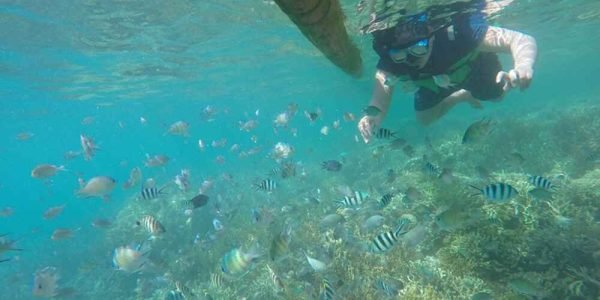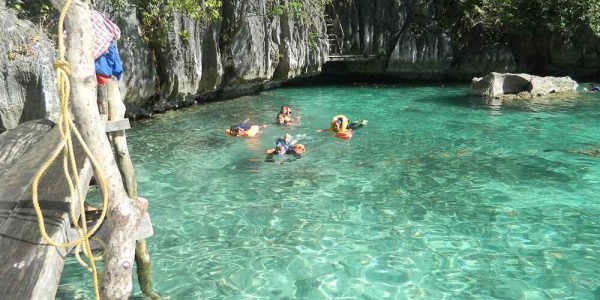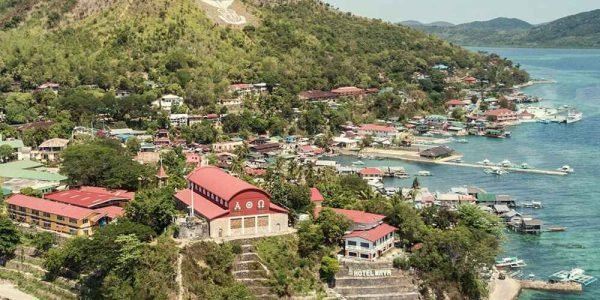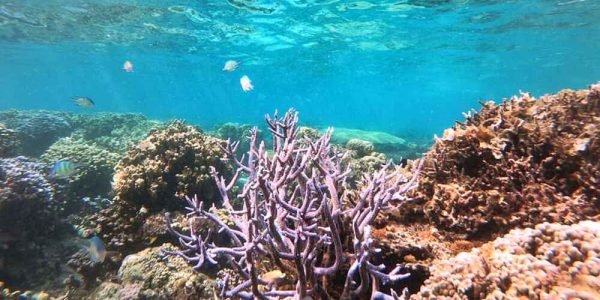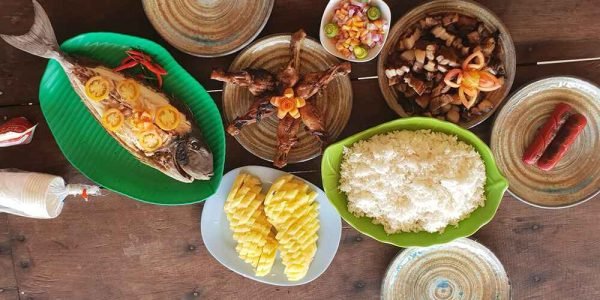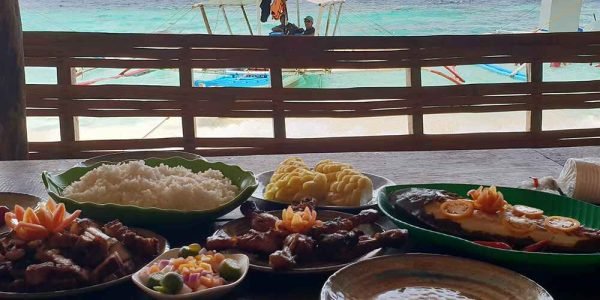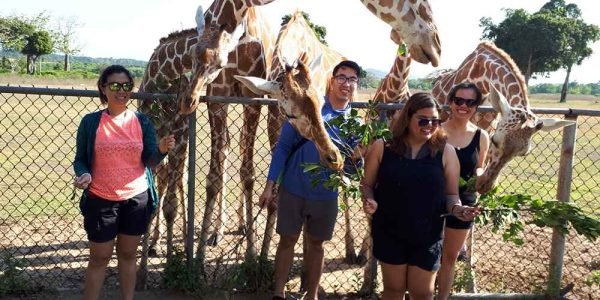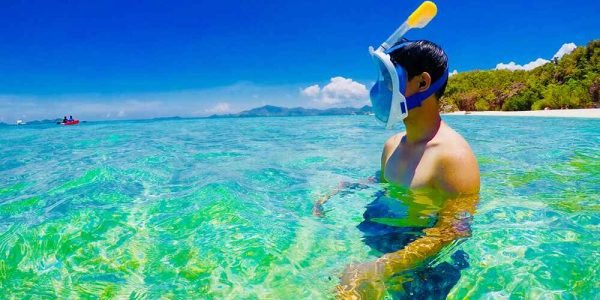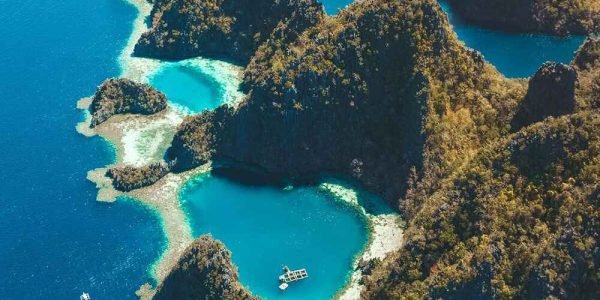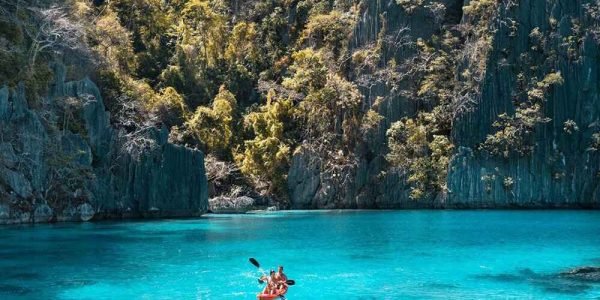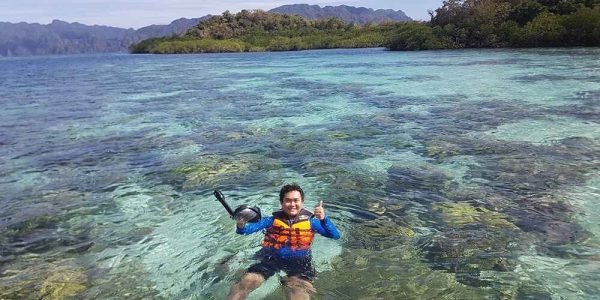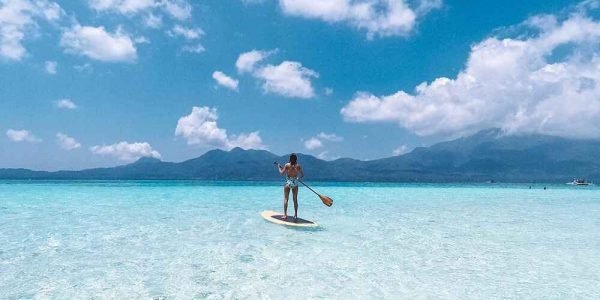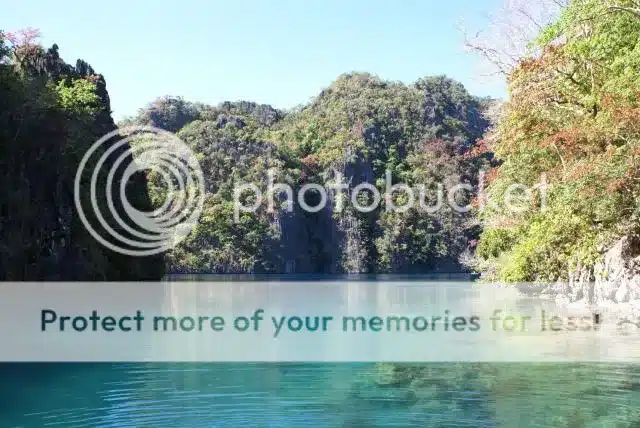Explore Coron
Coron is part of the Calamianes Group of Islands in the northern tip of Palawan, which is located in the Luzon region of the Philippines. It is a fishing village off Busuanga and is the home of the Tagbanua tribe. Coron has a lot to offer the tourist, including white sandy beaches, limestone formations, coral gardens, sheltered lakes, coves and the Maquinit Hot Springs, Japanese naval wrecks from World War II, to name a few. Because of these attractions, Coron has transformed to be an underwater haven for avid divers and snorkelers, taking in all the beauty that lays underneath the sea and other majestic sites.
Coron Travel and Tour Packages
3 Days 2 Nights Coron Packages

3D2N explore Coron Tour Package – Budget

3D2N explore Coron Tour Package A

3D2N explore Coron Tour Package B – NOT AVAILABLE

3D2N explore Coron Tour Package C

3D2N explore Coron Tour Package D
4 Days 3 Nights Coron Packages
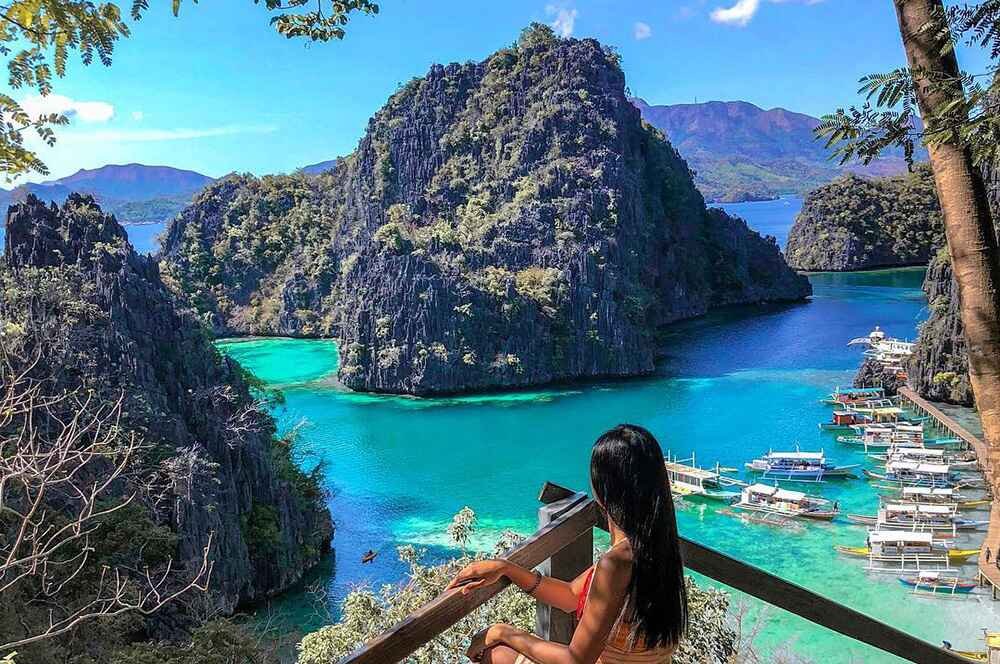
4D3N explore Coron Tour Package – Budget

4D3N explore Coron Tour Package A

4D3N explore Coron Tour Package B – NOT AVAILABLE

4D3N explore Coron Tour Package C

4D3N explore Coron Tour Package D
Other Coron Packages
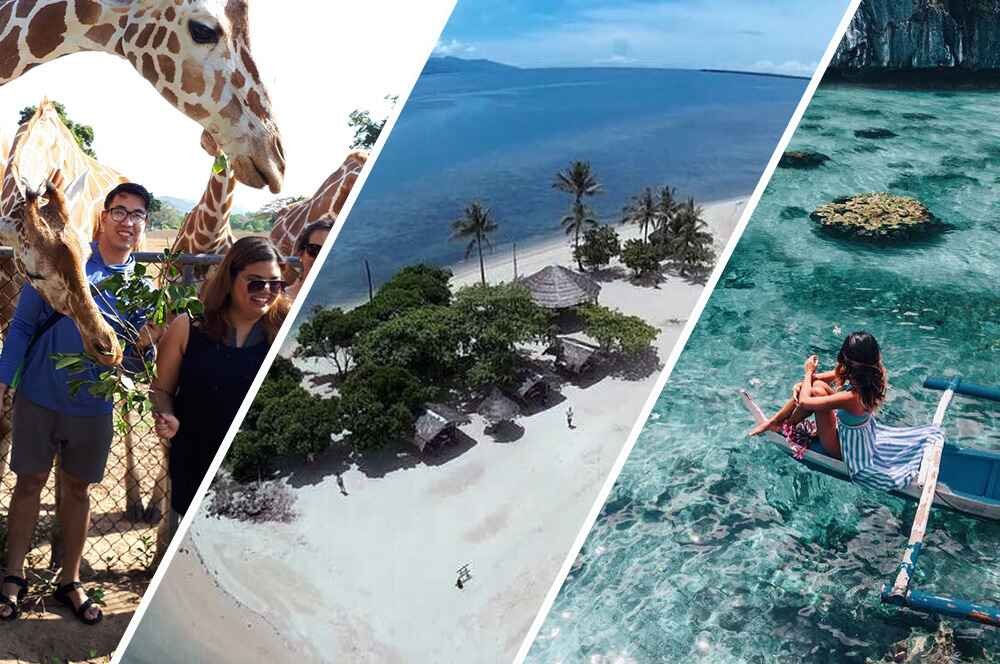
7D6N Palawan (Puerto Princesa – El Nido – Coron) Ultimate Package A (via Public van in El Nido)

7D6N Palawan (Puerto Princesa – El Nido – Coron) Ultimate Package B (via Private van)

10D9N Palawan (Puerto Princesa – El Nido – Coron) Ultimate Package A (via Public van in El Nido)

10D9N Palawan (Puerto Princesa – El Nido – Coron) Ultimate Package B (via Private van in El Nido)
Coron Tourist Attractions
Mt. Tapyas
Hike to the peak of this mountain, which offers spectacular panoramic views of the Coron sunset. There are more then 700 steps leading to the summit, so be sure to bring some provisions with you. Setting out at 4:00 PM is recommended in order for you to reach the summit in time for the sunset.
Siete Pecados
Arguably the most popular spot in Coron, and made even more popular when a television show made Siete Pecados their setting. Legend has it that seven sisters swam to the main island to follow their parents and subsequently drowned. The spot where they drowned is where the islands are now present. Siete Pecados is a great snorkeling spot, and certainly one of the best in Coron.
Calauit Safari Park
If you can’t go to Africa, let Africa come to you. A fascinating destination in Coron, and a must-see for visitors, as it is the Philippine version of an African safari. The island has been declared as a game preserve and wildlife sanctuary in via Presidential Proclamation no. 1578 in 1976. Giraffes, zebras, gazelles, and more can be seen in this fascinating destination.
The Japanese Naval Wrecks
The Japanese naval wrecks are a main tourist attraction of Coron, especially for scuba diving enthusiasts. A bit of a history lesson here: These Japanese wrecks are a remnant of the Philippines’ participation in the Second World War. The Philippines was under Japanese rule and US forces were bombing the Japanese naval ships near Manila. To protect the other warships, a decision was made to deploy the ships to other safe places around the islands. One of the places the Japanese navy went to was the Calamian Group, in Northern Palawan. The vessels were safely camouflaged among the islands, until a US reconnaissance team noticed that some of the islands in the area were moving. On September 24, 1944 the United States attacked the Japanese Imperial Navy in the area, sinking 24 warships around Busuanga and Coron. Once a symbol of defense and destruction, the wrecks of the Taiei Maru, Okikawa Maru, Kogyo Maru, Irako, Olympia Maru, Kyokuzan Maru and the Akitsushima are now one of Coron’s biggest attractions.
Coron Island offers its visitors the stunning beauty that they came to Palawan for; from the blinding white beach and turquoise waters of Banol Beach, to the crystal clear waters of Kayangan Lake, a day of island hopping in Coron Island leaves tourists satisfied, but at the same time, leaves them wanting to go back for more.
















